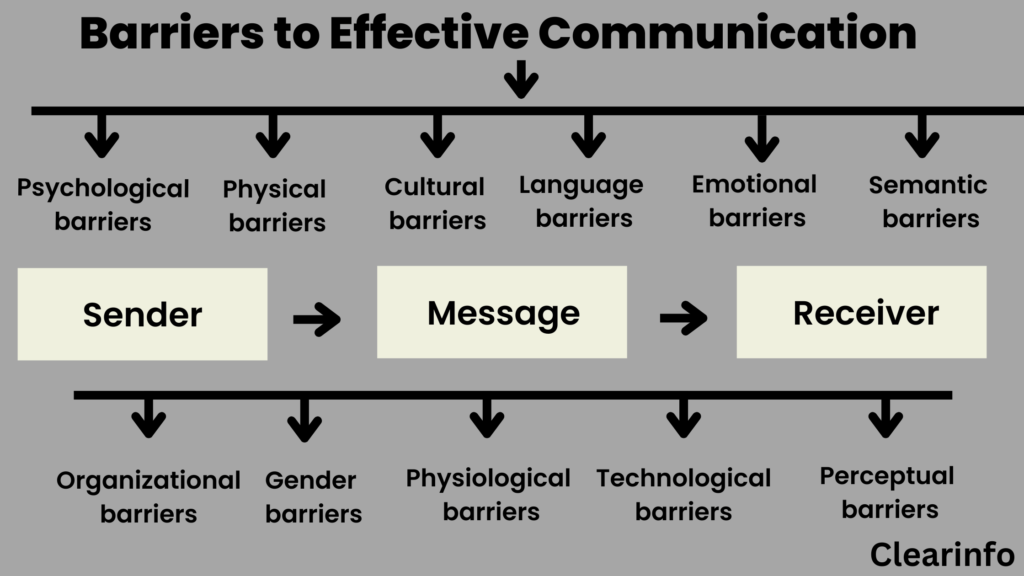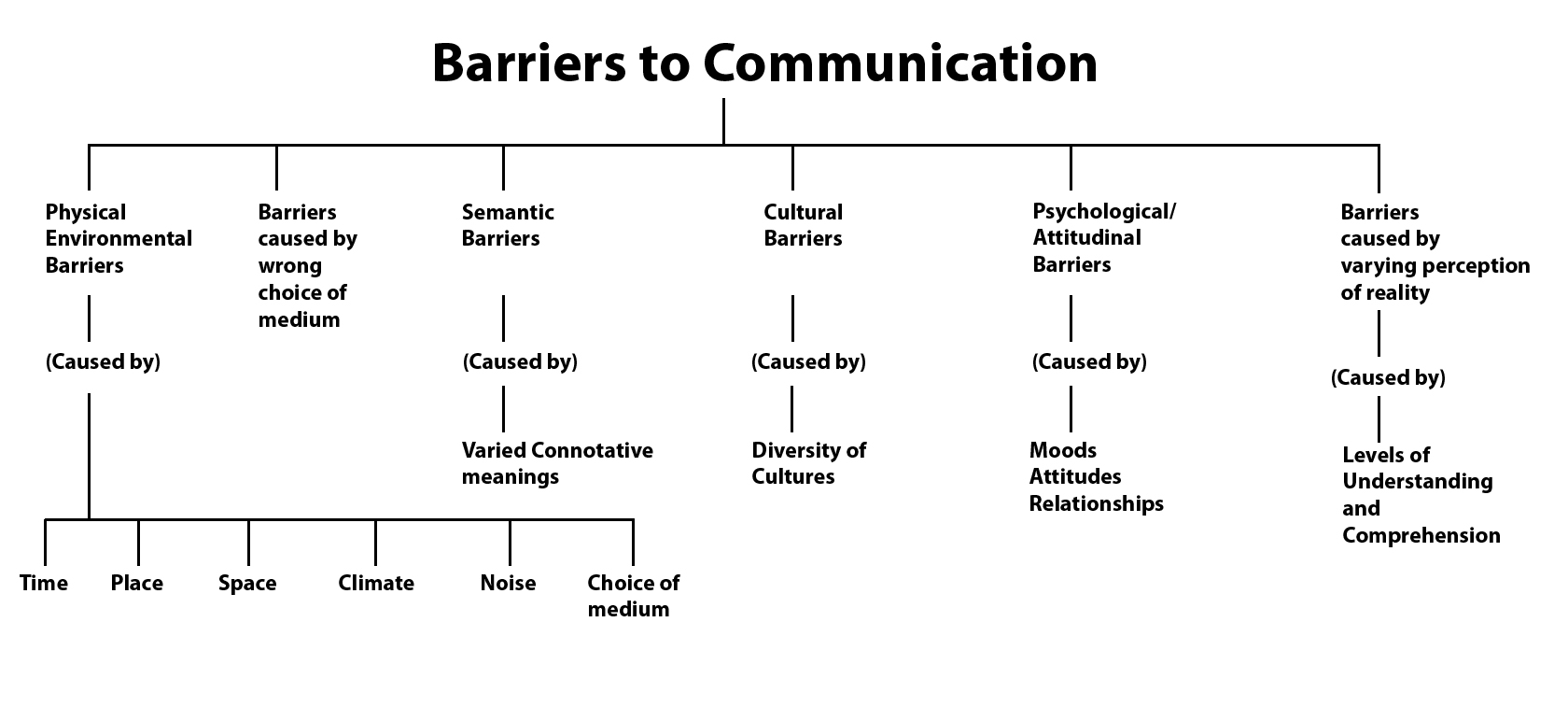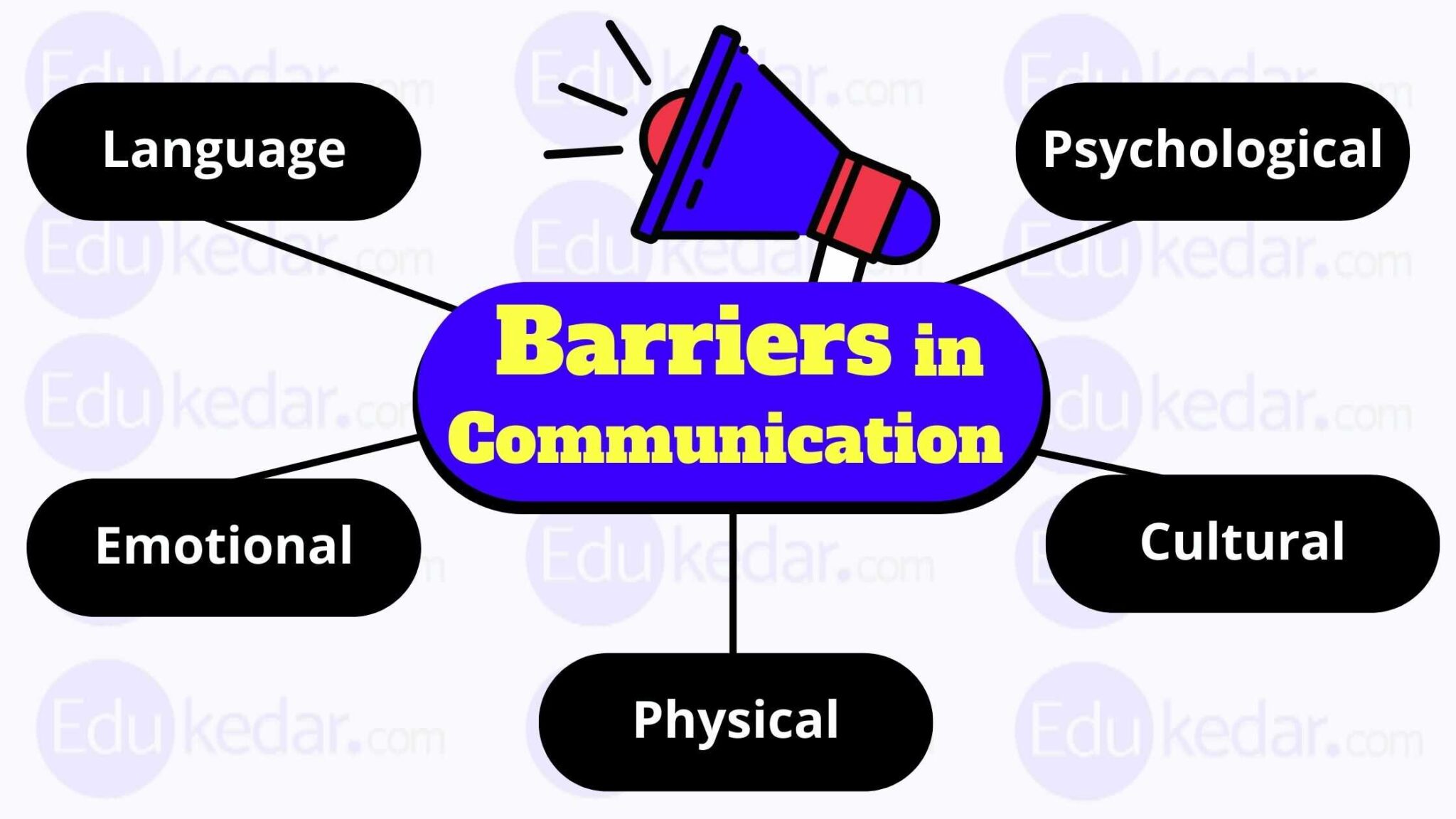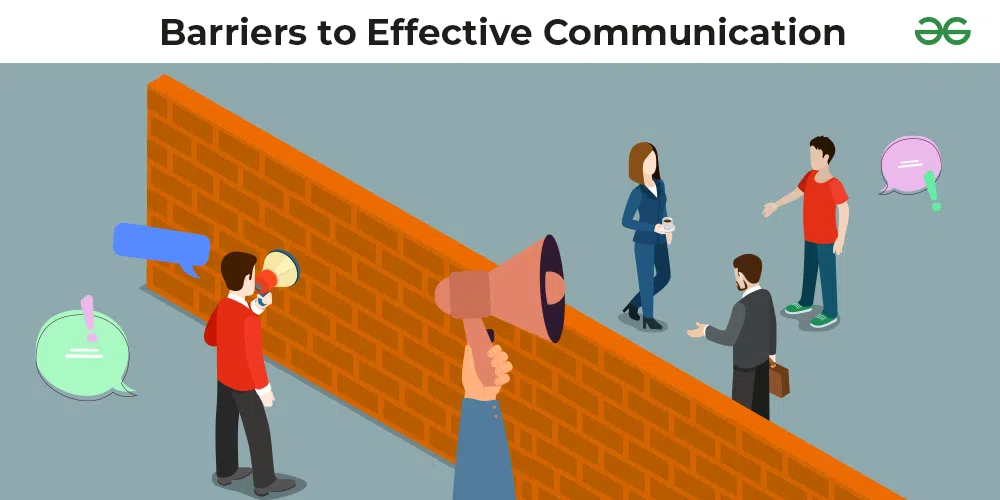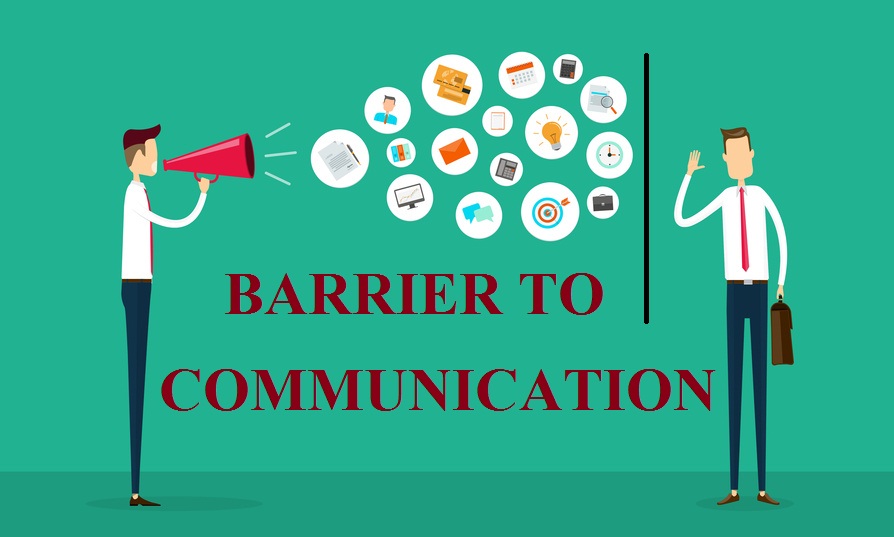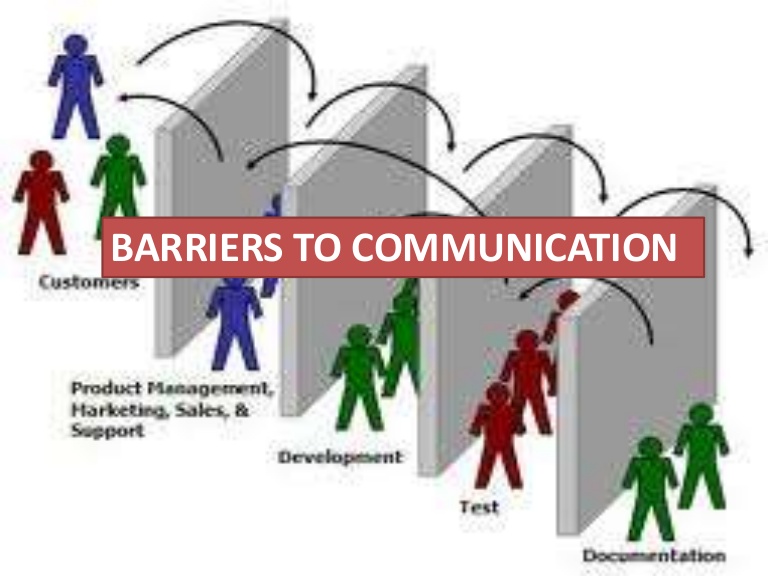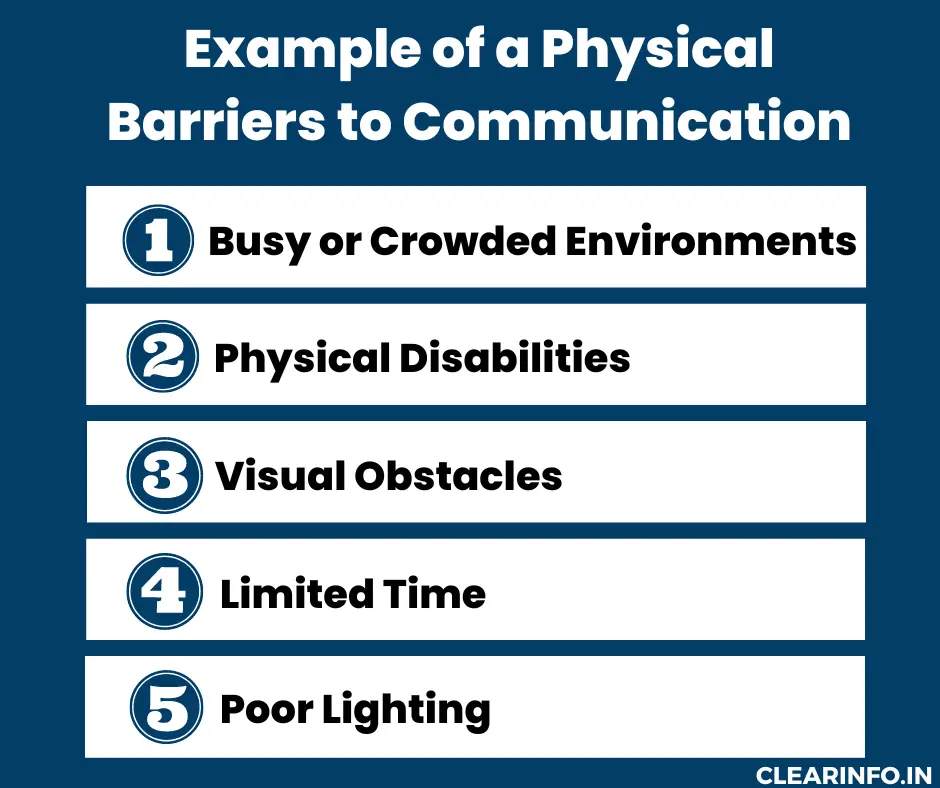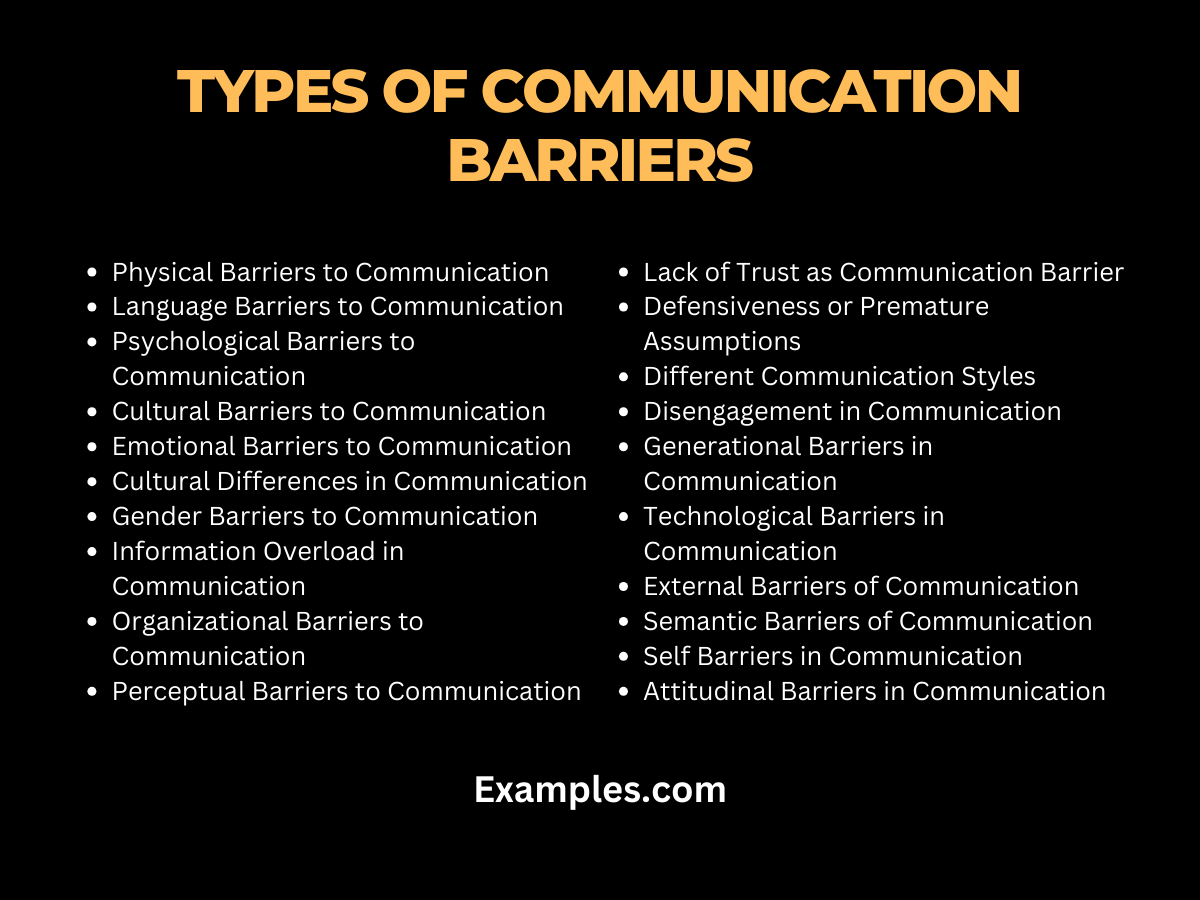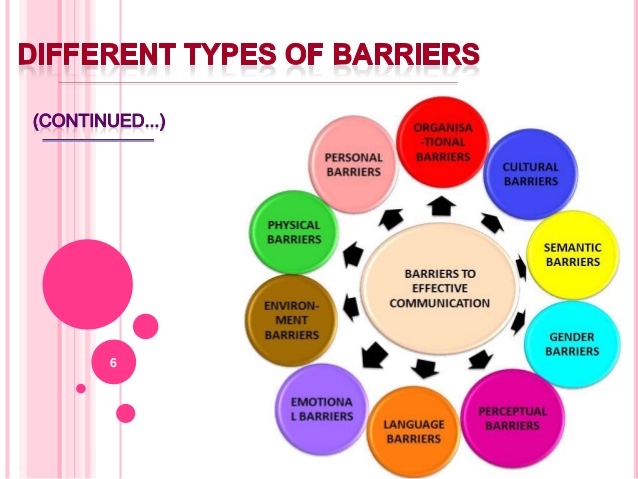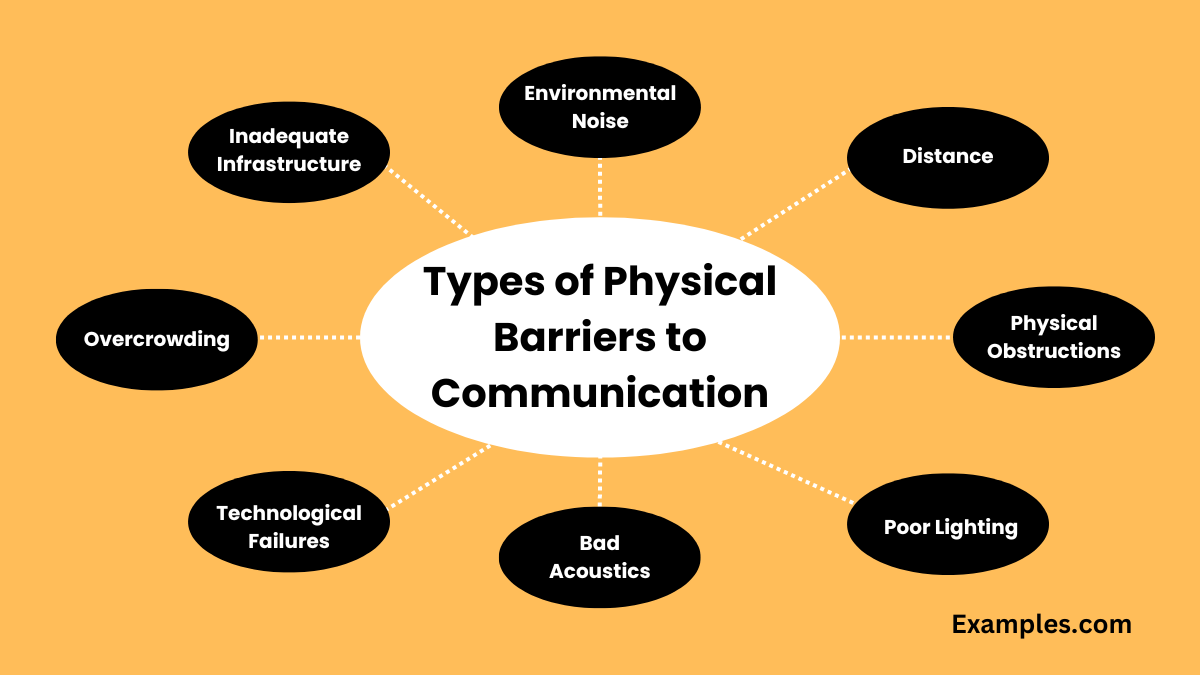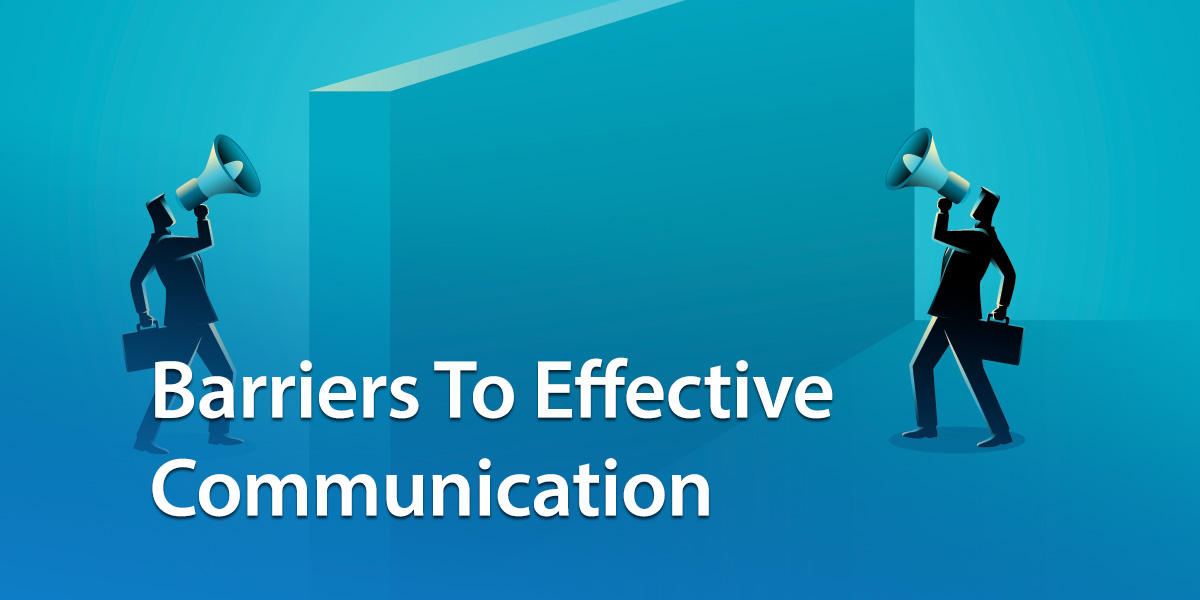What Are Barriers To Communication

Effective communication is the cornerstone of human interaction, yet it's often fraught with obstacles. These barriers, both subtle and overt, can impede understanding, foster misunderstandings, and ultimately, damage relationships and hinder progress in various facets of life.
This article will explore some of the most pervasive barriers to communication, drawing upon research and expert insights to shed light on their impact and potential mitigation strategies.
Understanding the Landscape of Communication Barriers
Communication barriers are any factors that obstruct or distort the intended message between a sender and a receiver. They can arise from a multitude of sources, spanning individual differences to systemic issues within organizations and societies.
Physical Barriers: The Tangible Obstacles
Physical barriers are perhaps the most obvious, encompassing environmental factors that impede communication. Noise, for example, can drown out verbal messages, while distance can hinder nonverbal cues. Poor lighting, uncomfortable temperatures, and inadequate acoustics also contribute.
According to a 2021 report by the International Ergonomics Association, optimized physical workspaces can improve communication effectiveness by up to 15%.
Psychological Barriers: The Mind's Own Hurdles
Psychological barriers are deeply rooted in our perceptions, attitudes, and emotional states. Prejudice and stereotypes can cloud judgment and lead to biased interpretations. Stress and anxiety can impair cognitive function, making it difficult to process information accurately.
Furthermore, a lack of trust between communicators can create a defensive atmosphere, hindering open and honest dialogue.
Semantic Barriers: The Labyrinth of Language
Semantic barriers stem from the complexities of language itself. Jargon, technical terms, and ambiguous wording can confuse listeners unfamiliar with the specific vocabulary.
Cultural differences in language usage can also lead to misunderstandings, as words and phrases can carry different connotations in different contexts. Even seemingly simple words can be misinterpreted.
Cultural Barriers: Navigating Diverse Perspectives
Cultural differences profoundly influence communication styles, values, and expectations. Nonverbal cues, such as eye contact and body language, can be interpreted differently across cultures. Some cultures value direct communication, while others prioritize indirectness and politeness.
Edward T. Hall, a pioneering anthropologist, highlighted the importance of understanding cultural contexts in communication, emphasizing the need for intercultural sensitivity.
Organizational Barriers: Hierarchies and Structures
Within organizations, hierarchical structures and communication channels can create barriers. Information may be filtered or distorted as it moves up and down the chain of command. Bureaucracy and rigid procedures can stifle open communication and collaboration.
According to a study by Gallup, organizations with strong communication practices report 36% higher employee engagement.
Technological Barriers: The Digital Divide
While technology has revolutionized communication, it can also create new barriers. The digital divide, referring to unequal access to technology, can exclude individuals and communities from participating fully in online communication. Technical glitches, software incompatibility, and information overload can also impede effective communication.
The Impact of Communication Barriers
The consequences of communication barriers are far-reaching. They can lead to misunderstandings in personal relationships, conflicts in the workplace, and inefficiencies in organizational operations. Miscommunication can also have serious implications in critical situations, such as healthcare and emergency response.
"The single biggest problem in communication is the illusion that it has taken place." - George Bernard Shaw
The lack of clear communication in healthcare, according to the World Health Organization, contributes to medical errors and patient dissatisfaction.
Overcoming Communication Barriers
While communication barriers are pervasive, they are not insurmountable. Active listening, empathy, and cultural sensitivity are crucial for bridging communication gaps. Using clear and concise language, avoiding jargon, and providing context can enhance understanding. Seeking feedback and clarifying misunderstandings can also prevent miscommunication.
Organizations can foster open communication by creating inclusive environments, promoting transparency, and investing in communication training for employees. Utilizing a variety of communication channels and tailoring messages to specific audiences can also improve effectiveness. Embracing a culture of open dialogue can break down barriers.
Conclusion
Addressing communication barriers is essential for building strong relationships, fostering collaboration, and achieving shared goals. By recognizing the various obstacles to communication and implementing effective strategies to overcome them, we can pave the way for more meaningful and productive interactions.
In a world increasingly reliant on seamless communication, the ability to navigate these challenges is not just a skill but a necessity.
